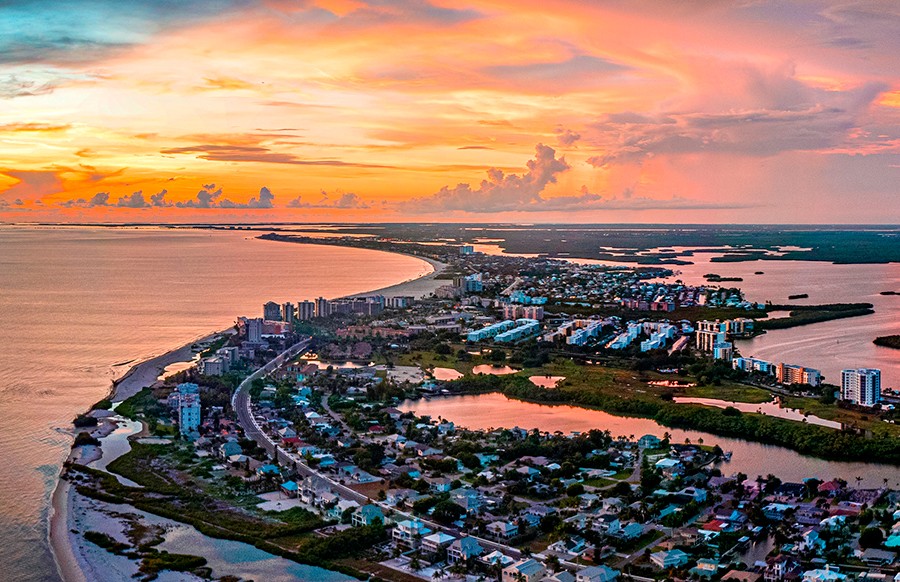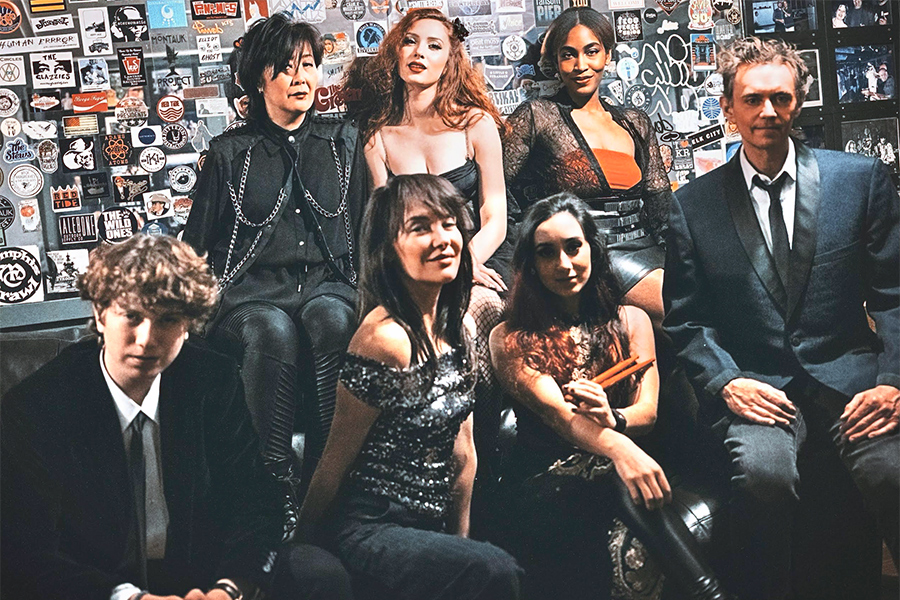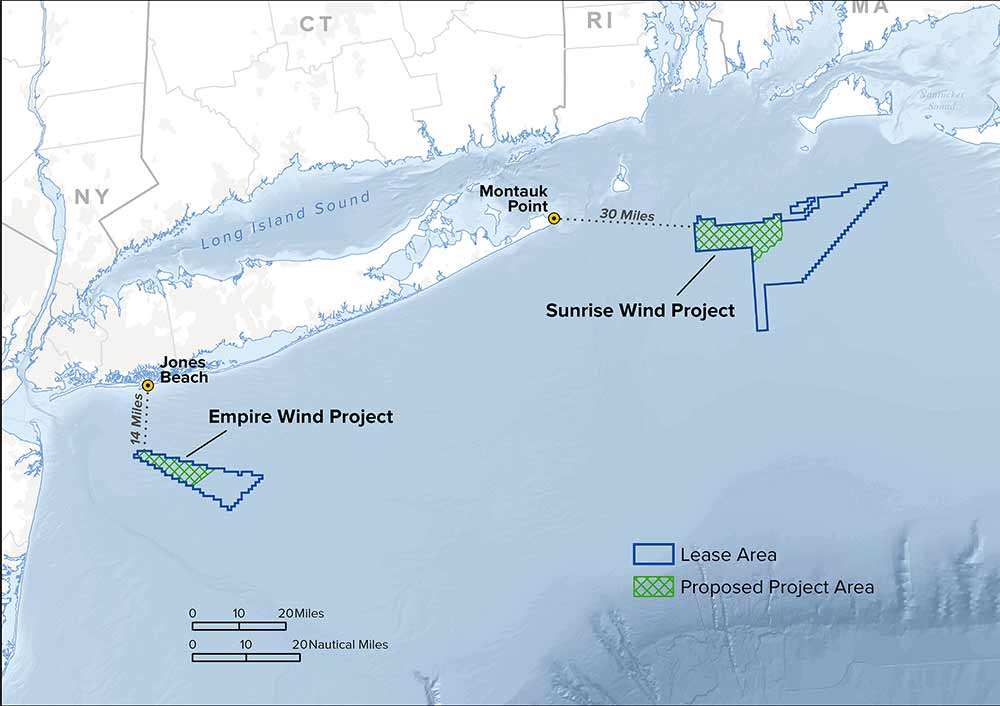Fort Myers: Skedaddling Out of Palm Beach for the Day

If you’ve had enough of high society in Palm Beach, you might enjoy the two-hour car trip directly across the beltline of Florida along Route 80 to the city of Fort Myers facing the Gulf of Mexico. It’s at almost exactly the same latitude as Palm Beach. But it’s a completely different world.
While Palm Beach has sunrises and the 30,000-square-foot homes of the rich and famous with art galleries, concerts and high-fashion shows and shops, Fort Myers is dotted with the tiny homes of the snowbirds, the mostly middle-class people from up north seeking the sunshine. These homes, all spick and span, tend to be about 800 square feet each. They cluster in groups, a hundred or more in each, all tucked away along the sunsets that happen over the gulf.
In Palm Beach there is tennis and golf and swimming, sometimes right there on your front lawn. In Fort Myers, they also have that, (plus pickleball) but the activities are communal and modest, available only for the owners of these tiny homes in their individual communities. The homes sit on the shores of the gulf or waterfront along the hundreds of canals that slice through and around each development. Originally, the area was wetlands. So the developers bulldozed them, creating dry land that alternates with canals. Thus were created small waterfront housing sites where modest homes could be built. Many snowbirds have their boats tied up at docks directly in front of their homes.
There are gatehouses in Palm Beach for individual homes. In Fort Myers, the gatehouses protect the separate housing developments. All the developments have names, just as the private mansions on the vast lawns of Palm Beach, at the head of gated driveways, also have names, chosen by the wealthy individuals who live in them.
What do they share? Sunshine. And employees who make their days possible. In Palm Beach, you join an oceanfront beach club. In Fort Myers, you join a community center. Shopping in Palm Beach is high-end designers. Shopping in Fort Myers is Walmart, Costco and Stop & Shop. Palm Beach has fine dining. Fort Myers has Applebee’s, McDonald’s and crab houses.
While in Fort Myers, we enjoyed a 1-hour 45-minute sea cruise aboard a tourist boat. An open-air deck was up top, just behind a pilothouse enclosure where a captain with a white shirt, cap and bars on his shoulders held forth on a microphone. Below was a cabin with beer, cocktails and snacks for sale served up by a crew largely composed of identically dressed young women.
The captain gave a running commentary as he motored us through the calm waters of the bay during that time.
“Hopefully, we’ll get some flying porpoises leaping along behind us,” he said. “But maybe not.”
Originally, Fort Myers was, along with some American Indians, a cowboy town. Cattle were herded down Main Street to the piers that jutted out into the bay, to be boarded onto cattle boats for passage to other waterfront communities in the gulf and elsewhere.
“Everyone carried a gun in those days,” he said. “People often got murdered. Even the sheriff took a bullet every once in a while.”
It was the women of the town, he said, who stepped forward to clean up the place. This was in the 1890s. They were tired of cattle poop dirtying up Main Street. And so they persuaded the men to pass laws forbidding that practice. Eventually, cattle ranching was replaced by crab fishing, tourism and, more recently, the snowbirds. Today even fishing boats are no more.
The captain spoke about the local folks who became real estate developers for the snowbirds’ homes.
He then went on to tell us stories about current-day events. Mostly it was about the hurricanes. Four of them hit the town, one after the other, in 2004. Two more hit in 2005 and Hurricanes Hermine and Irma hit in 2016 and 2017 respectively. Each time, the town rebuilt.
Soon we returned to tie up where we had boarded, at this place called Fishermen’s Village in Punta Gorda. We ate at one of the five restaurants along the pier there. It featured crab legs, crab cakes and fish chowder. All imaginatively served.
There are actually no more fishing boats in Fishermen’s Village. Just tourist boats. But there were dozens of tourist shops amid the restaurants along the pier there. Some called it a tourist trap. Others, including me, thought it was quite pleasant. A thousand or more folks strolled through, shopping and enjoying the experience. The boat cruise was $45 a person, and, as we left the dock, the captain sounded a loud ship’s whistle to let everybody know we were coming through.
The trip from Palm Beach by car to Fort Myers was also memorable. Moving along Route 80 from Palm Beach, the first 40 miles heading west were all 21st century suburban malls and shopping centers. After the 40 miles, all that dropped away and we enjoyed more than 100 miles of sugar plantations, cattle ranches, factories and forests. Then, as we approached the gulf and Fort Myers, the suburban malls and shopping centers began again when we were about 10 miles from the coast. Clearly, the eastern shore is older, larger and more developed than the west coast.
All in all, it was pleasant to get away from Palm Beach for a time. We have a housing crisis through much of America. It seemed to me that these little homes I saw in Fort Myers, mostly of prefab construction, would provide a pleasant solution for the great majority of Americans who cannot afford the current real estate prices charged for even the most modest three-bedroom home.
I remember reading about how after World War II, about eight million GIs returned to America all at once from overseas. A national effort ensued with barracks being built everywhere to provide a place for the GIs to live while the country recovered from the war. The problem melted away.
We left Florida from the Fort Myers airport to New York City. Going through security, there was a sign; I’d not seen this anywhere else in Florida, and surely not in Palm Beach. The sign read, “Do not bring your gun aboard the plane.”
They just assumed everyone had one. Fort Myers.



